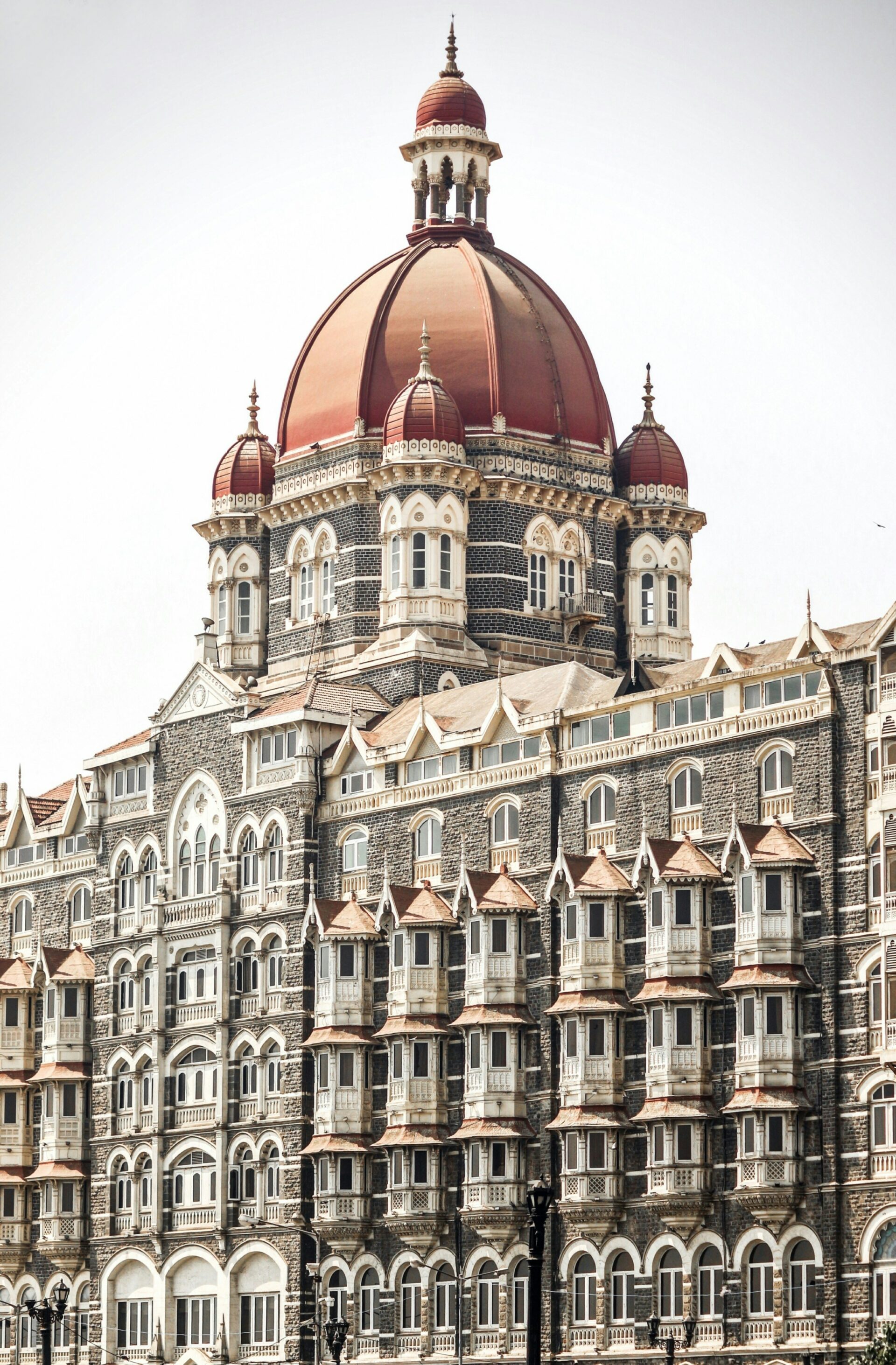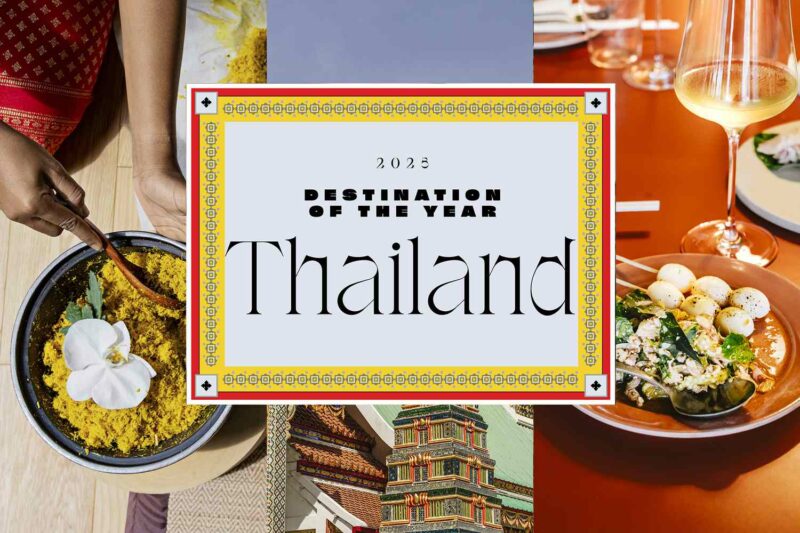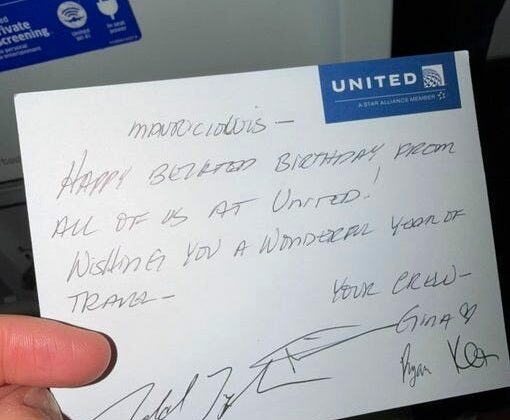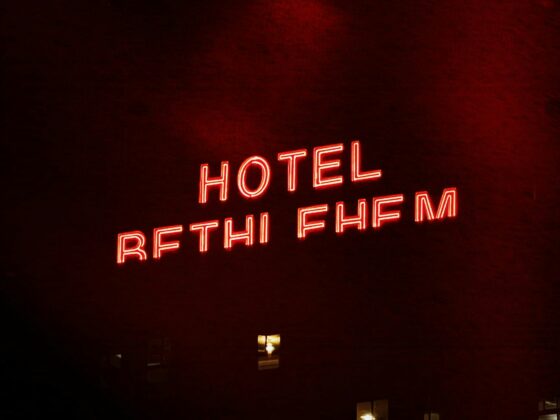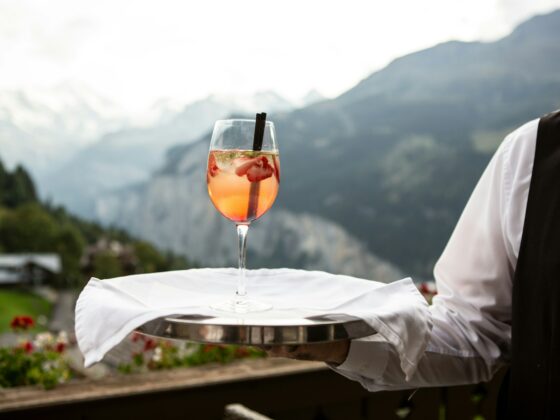The stereotypical view of a poverty-stricken India—popularized by films like Salaam Bombay! and Slumdog Millionaire—is rapidly fading in light of the country’s performance. Now the most populous nation on Earth and the world’s 5th largest economy, India is projected to exceed 6.5% GDP growth in 2024. Capitalizing on this momentum, global hotel giants are multiplying partnerships and acquisitions to establish a firm foothold.
The latest to show heightened interest in the Indian subcontinent is Accor, which has joined forces with conglomerate InterGlobe, owner of IndiGo airlines (400 aircraft serving 130 destinations) and an existing investment partner. Their joint ambition has scaled up: to operate a network of 300 Accor-branded hotels by 2030, compared to 71 currently in operation and 40 more in the pipeline. All market segments are targeted—from economy to luxury.
It is worth recalling that, not so long ago—in 2005—India had significantly fewer branded hotel rooms than the city of Paris alone. According to the India Tourism Statistics 2005 report, India had around 68,000 classified hotel rooms across all categories (source: tourism.gov.in), compared to 80,000 in Paris.
The Indian hotel supply started in the upscale segments
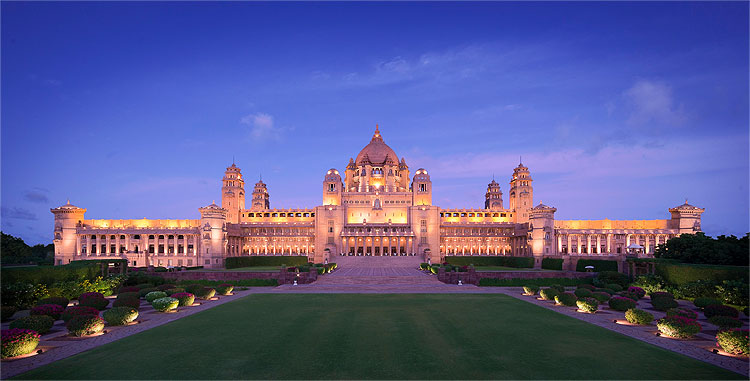
Two decades ago, the few available rooms were mostly developed by domestic players, primarily in the luxury segment. Leading the pack was Taj Hotels, Resorts & Palaces from The Indian Hotels Company Limited (IHCL), a company within the Tata Group. Today, The Indian Hotels Company Limited (IHCL) has diversified. While Taj remains its flagship brand, the group is now active across other segments and operates in over 75 secondary cities besides the metros, commercial and state capital cities, through Ginger, Vivanta, Gateway, Ama Stays & Trails, and SeleQtions—totalling a portfolio of 380 hotels with 243 operational hotels and aiming for doubling its portfolio with 700+ hotels by 2030.
According to Suma Venkatesh, Executive Vice President – Real Estate & Development at The Indian Hotels Company Limited:
“IHCL has the unique advantage of being an Owner and Operator at a scale that transcends anything seen in India before. We have consistently delivered industry leading performance on all growth parameters over the last five years to put IHCL amongst the top 5 most valued hotel companies in the world. We do not chase flag planting but are focused on growth that is meaningful, value accretive and profitable. Our constant endeavour is to identify opportunities that India has to offer and evolve our brandscape to cater to the growing demand by reimagining our existing brands and adding new brands to our brandscape.”
IHCL is not the only historic player in India’s high-end market:
- Oberoi Hotels, founded in 1934 by M.S. Oberoi, operates 30 luxury properties in India and abroad.
- The Leela Palaces, established in 1986 by C.P. Krishnan Nair, is a member of The Leading Hotels of the World.
- The Lalit Hotels, which emerged from the iconic Great Eastern Hotel in Kolkata (opened in 1841), currently manages about a dozen properties in India and has ongoing expansion plans.
Expansion is the keyword in a country where the middle class is rapidly growing, complementing the elite segment known for lavish, headline-grabbing weddings. This expansion has also driven the rise of domestic players like ITC Hotels, a subsidiary of conglomerate ITC Ltd, which epitomizes accessible luxury with strong ecological credentials. ITC operates over 100 hotels across its ITC Hotels, WelcomHotel, and Fortune brands.
When a tech genius shuffled the whole landscape

India’s hotel revolution in the past decade is perhaps best symbolized by OYO. The story of its meteoric rise, fall, and attempted resurgence deserves a book of its own. It showcases India’s tech and hotel distribution prowess.
Founded in 2012 around a voluntary network of budget Indian hotels, OYO quickly scaled to several hundred thousand rooms, catapulting it to the world’s 4th largest hotel chain. Celebrated as the “Mozart of hospitality,” founder Ritesh Agarwal received backing from major players like SoftBank and sovereign wealth funds (Saudi Arabia) to take his model global.
Agarwal became a millionaire in just a few years, and OYO went international in no time. But the company struggled with technical failures, operational shortcomings, unmet promises, and the pandemic. Nearly on the brink, OYO is now tightening operations and adopting a more cautious approach. Having weathered its adolescence, it may yet become one of India’s most remarkable hospitality success stories.
This spotlight on India has driven international hotel groups to explore domestic, regional, and international tourism markets—long underserved by standardized offerings.
International groups started to look for partnerships and acquisitions
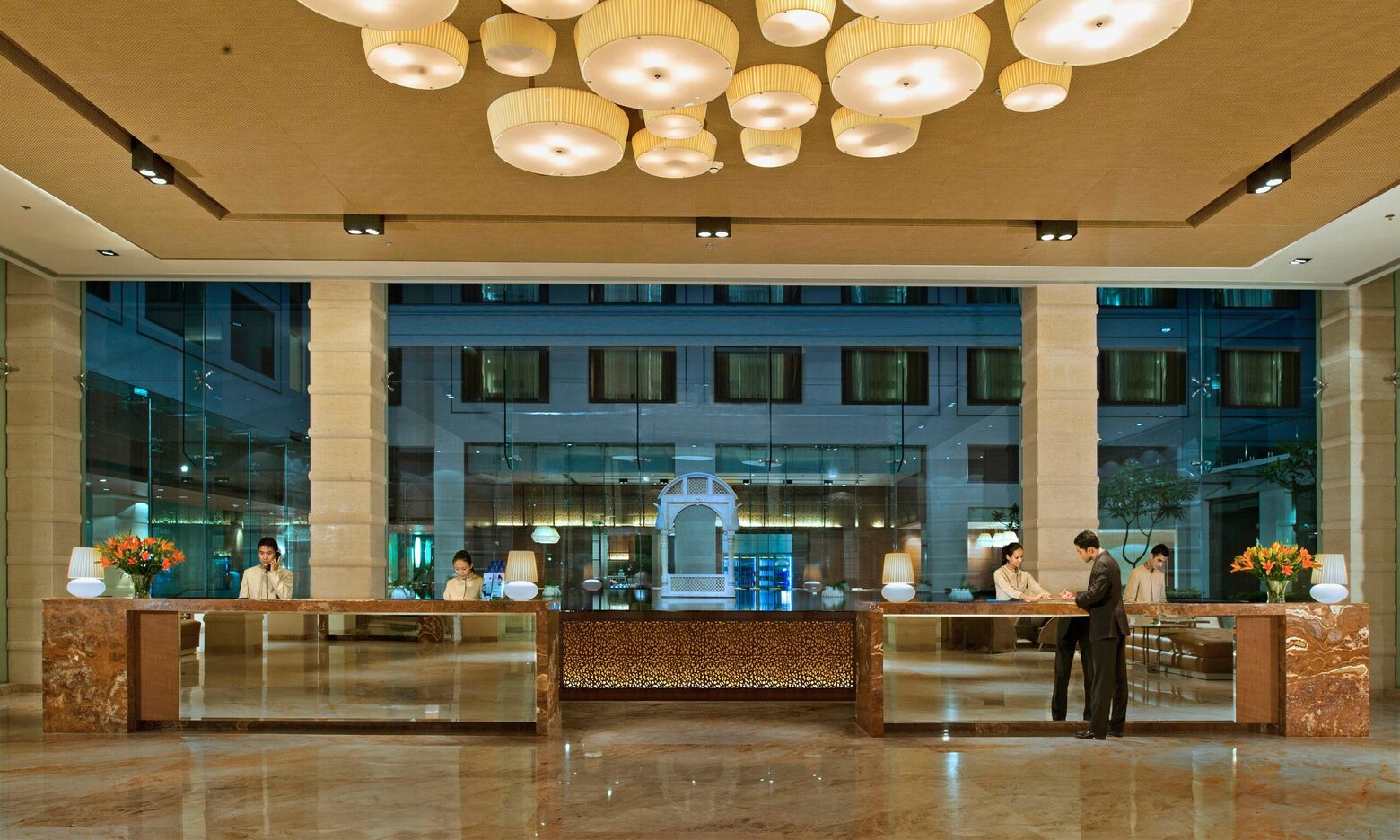
Marriott International is now the leading international operator in India, with over 150 operational properties, primarily upper-upscale brands in key metro areas: JW Marriott, The Ritz-Carlton, The St. Regis, W Hotels, and The Luxury Collection. However, Marriott has also made clear its intention to cover all segments—from business to leisure—through its iconic brands: Marriott Hotels, Sheraton, Le Méridien, Westin, Renaissance, Autograph Collection, and Tribute Portfolio.
Given the pace of development, Marriott has also introduced its limited-service brands: Courtyard, Fairfield, Four Points, Aloft Hotels, and Moxy Hotels.
Rarely an investor itself, Marriott relies heavily on Chalet Hotels Ltd, which finances and operates its premium brands. Other developments are pursued more opportunistically through diversified partners like K. Raheja Realty and the Prestige Group.
Through Louvre Hotels, Sarovar and Radisson, Jin Jiang has established a solid footprint
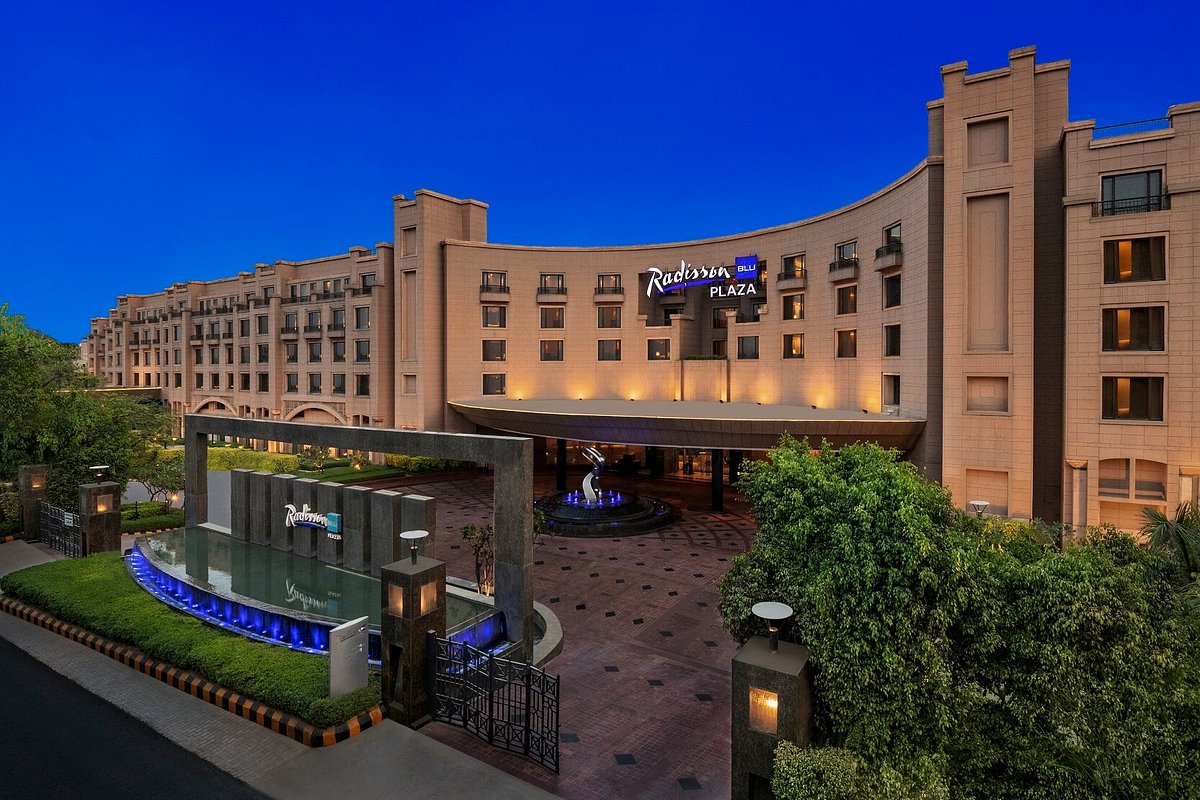
The world’s second-largest hotel group, China’s Jin Jiang, could not ignore the growth potential of this Asian powerhouse. Though diplomatic tensions limit China’s direct engagement, Jin Jiang leverages its Western subsidiaries—already positioned in the East. The Radisson Hotel Group, in particular, has expanded aggressively into major Indian cities, deploying its full brand portfolio: Radisson Blu, Radisson, Radisson RED, Park Inn, Park Plaza, Country Inn & Suites, and market-specific extensions.
Radisson is now India’s second-largest international operator, with over 200 hotels open or in development across 70+ cities, including strongholds like New Delhi, Mumbai, Bangalore, and Chennai, while solidifying its footprint in secondary and tertiary markets like Raipur, Vrindavan, Ujjain, and Sonamarg.
According to Elie Younes, Executive Vice President of Global Development at Radisson Hotel Group:
“We have been in India for about 25 years, and that has given us the first-mover advantage. We are presently witnessing significant growth in India’s hospitality sector. We talked about it four years ago, and that is playing out now. As far as we can see, you can expect three to five years of solid growth.”
The group aims to capitalize on this momentum by targeting 30 new hotel signings and openings per year over the next five years. Radisson is banking on the success of its Radisson Blu, Radisson RED, and soft brand Radisson Collection.
Radisson also partners closely with local operator Treebo Hotels, a subsidiary of RupTub Solutions Pvt, which is now the master franchisee for Park Inn & Suites in India. Together, they aim to reach 150 properties by end-2025.

Jin Jiang’s other Western arm, Louvre Hotels Group, entered India in 2017 by acquiring Sarovar Hotels. Since then, it has used this subsidiary to develop not only Sarovar-branded properties but also expand Louvre’s brands, including over a dozen Golden Tulip, Tulip Inn, and Royal Tulip hotels.
Louvre Hotels Group has also partnered with Orange Tiger Hospitality Pvt to invest in real estate and operate properties under the Kyriad brand. Around ten Kyriad locations mark the early phase of this conversion brand’s rollout.
For distribution and synergies, all Louvre Hotels brands in India are managed by the Sarovar team.


